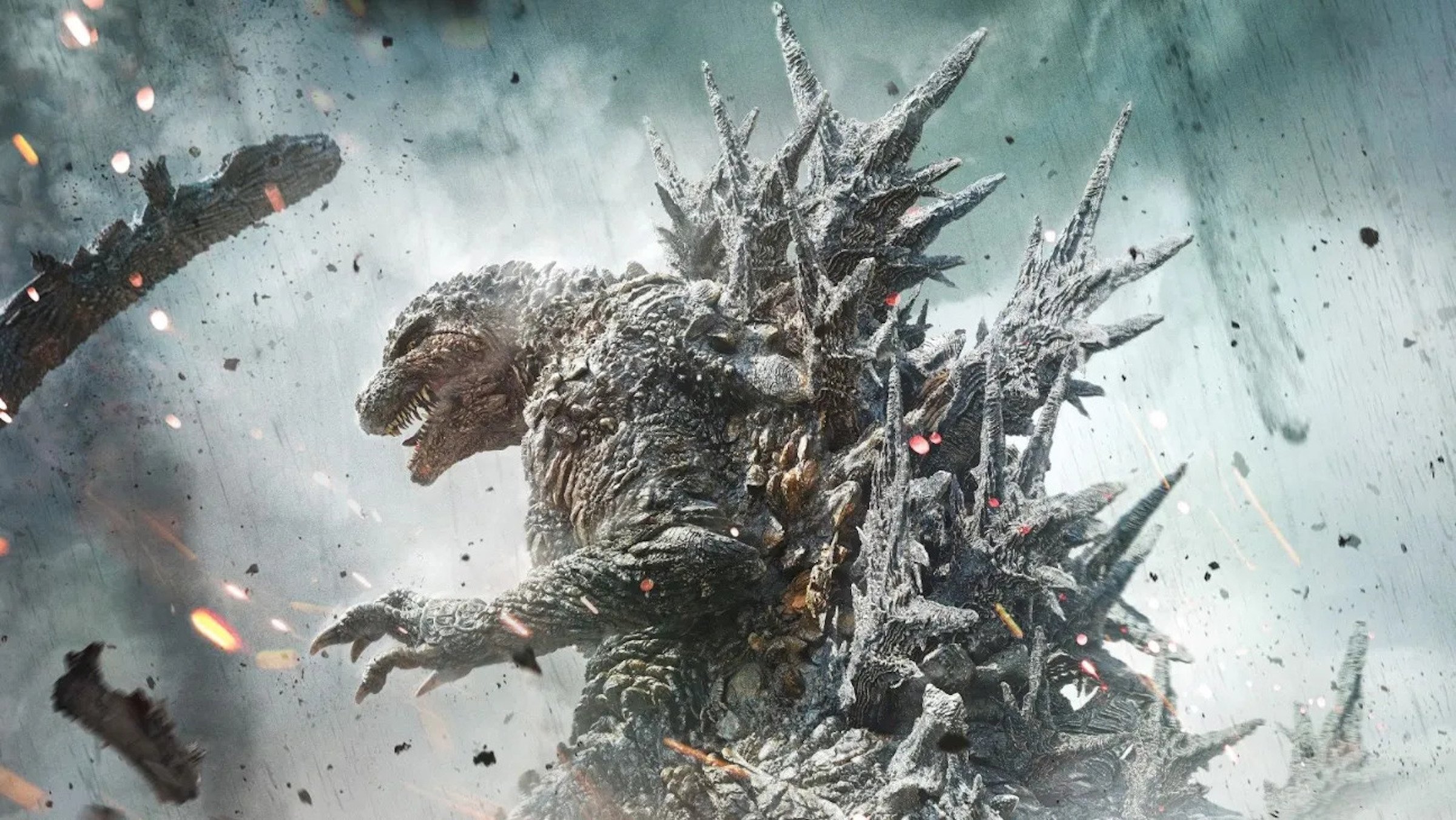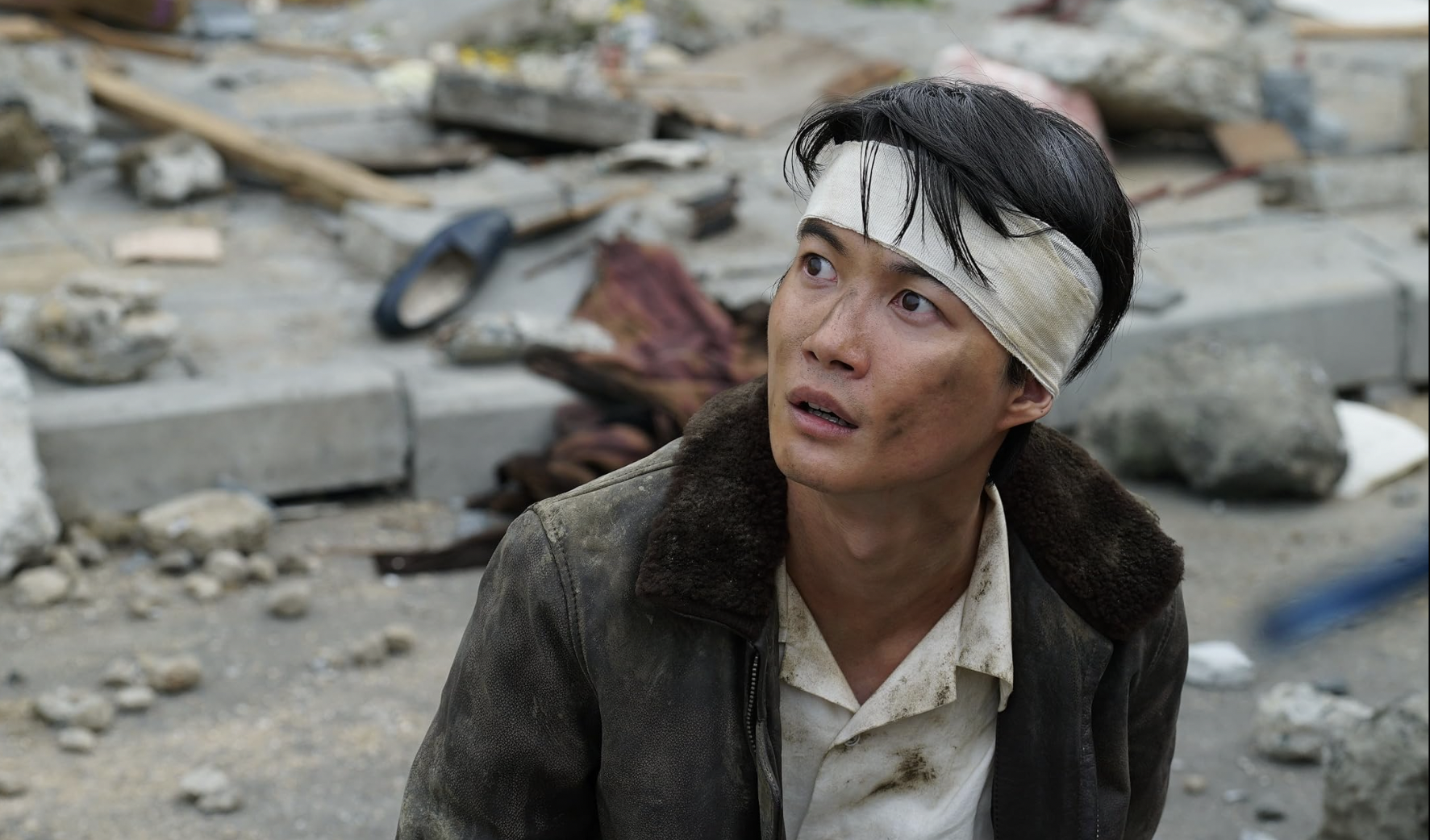How ‘Godzilla Minus One’ Creates a Fresh Take on a Familiar Story
December 13, 2023
As Godzilla turns 70 years old, the classic monster of mayhem is getting a series of films and TV shows dedicated to its destructive force. Monarch: Legacy of Monsters premiered on Apple TV in November, Godzilla Minus One, a Japanese language film, became a surprise hit at the domestic box office, and Godzilla x Kong is expected to hit theaters in the spring.
Godzilla is a major piece of intellectual property that rains money at the box office worldwide with its special effects heavy set pieces and tentpole style of filmmaking. So, if you’re writing a Godzilla movie, how do you differentiate it from the others?
Godzilla Minus One has some lessons to take away if you’re writing a screenplay around a familiar character or setting and how you can set it apart from other comparable content.

Create a True Origin Story
There are nearly 40 films that have been produced over 70 years surrounding Godzilla and many times they involve an explanation of how the creature originated, likely remaining dormant in the sea until nuclear radiation unleashed it. What Godzilla Minus One does to change up the origin story is to place it near the time the first movie was released. It’s the equivalent of the next Batman origin movie taking place in the 1930s (Batman was created in 1939).
Because Godzilla Minus One takes place in the late 1940s after World War II in Japan without big-name American actors, there is a certain level of authenticity to the story. Sometimes taking a character to their true origins is a way to make something unique once again.
Read More: Screenwriting Lessons from Spielberg's Origin Story: The Fabelmans

Even Monster Movies Need Characters
It’s not enough to create a terrifying monster and set it loose on unsuspecting people, the audience needs to connect with characters. From the very beginning, the character arc of Koichi Shikishima (Ryunosuke Kamiki) is fairly obvious – he’s a kamikaze pilot who landed safely on an island and, when he fails to shoot at the Godzilla, he’s labeled a coward. Even though the audience expects he will do something heroic by the end of the film, they still want to go along for the ride.
From his introduction in the first scene until the end, everyone Shikishima encounters becomes another character the viewer can empathize with. When you can get the audience invested in characters, they’ll join you for the ride making it more impactful for them to watch their wins and losses, cheer their heroism, or mourn with them when giant monsters destroy their cities and harm their loved ones.

Godzilla: The Same but Different
The Godzilla in Godzilla Minus One is one of the most terrifying versions of the infamous monster. It’s sinister and evil for seemingly no reason. In many ways, Godzilla is like the Terminator. There’s no reasoning with it, no negotiating with it and it won’t stop its extreme violence.
What makes this Godzilla such a frightening creature is that there doesn’t seem to be a reason why it’s destroying ships and crushing cities. In some previous films, Godzilla is trying to get to a destination or maybe it’s been unleashed and is acting like an animal that’s reacting to its surroundings. That’s not the case, at least not yet, for this iteration of Godzilla.
Godzilla doesn’t have a character arc, it’s just there to destroy. While most producers or audiences would expect even the most terrifying monsters to have some arc, sometimes the story doesn’t need it. It’s more about the characters' reactions to the events happening.

Why Setting is Important
Godzilla Minus One is not a modern tale. It takes place in post-World War II Japan which was decimated by the Americans in a series of air raids that lasted months followed by the dropping of two atomic bombs. The cities and towns have been turned to rubble and the people are in a perpetual state of shock.
When Shikishima arrives home with other survivors of the war, he is met with disdain by some and must try to carve out a life amid the destruction where fellow citizens have lost some or all the members of their families.
This setting is also important because it shows the destruction, then rebuilding, and the possibility of ruin once again, which goes along with the arcs of many of the characters. This setting adds a layer to the story that wouldn’t be there if it were set in the modern day.
When creating your story, think about the setting as more than just a place but rather as an active character within the context of the story.

Small Characters in a Big Story
There are no generals or government officials sitting in a war room debating how to destroy Godzilla. There are no presidents or prime ministers giving a big speech to rally the troops. As such, this film took a completely different turn than what monster or disaster movies tend to take.
Instead, the characters are everyday heroes who are trying to rebuild their lives. That doesn’t mean the military is completely absent, but rather it’s not a main focus or its own piece in a larger ensemble. Based on decades of disaster films, you would expect the military and the government to play a role in a movie like this, but Godzilla Minus One teaches you that it’s not necessary. And, in fact, it might be more compelling to keep the characters’ world small and see how a monstrous villain upends their lives.
---
Godzilla Minus One feels completely different than its Godzilla counterparts and most other disaster flicks. While the special effects are on par with similar films, it’s the simpler story and unique setting that help differentiate it from others. When so many films feel similar, this one stands out as something both familiar and fresh.
Written by: Steven Hartman
Steven Hartman is an award-winning, optioned screenwriter. He was a Top 5 Finalist in Big Break’s Historical Category in 2019 and won Best Action/Adventure in Script Summit’s Screenplay Competition in 2021. He holds a Bachelor of Arts degree from Columbia College and had internships at Jerry Bruckheimer Films and Village Roadshow Pictures. Steve is a full-time writer and creative video producer by day and a screenwriter and novelist by night.
